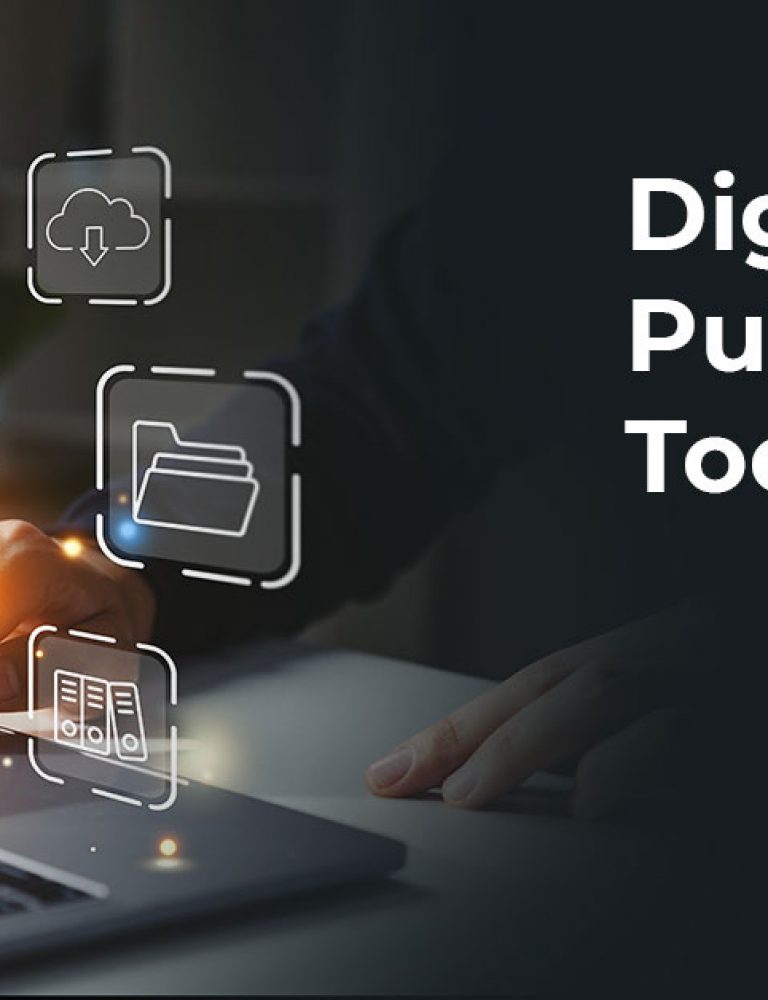Teaching and learning are constantly evolving. This has created an ever-changing need for publishers to support the dynamic environment with their revolutionary tools and techniques.
The global digital education publishing industry is on an upward climb, with a market share estimated to cross $41,498.9 million at a CAGR of 15.9% in the forecast period between 2022 to 2031.
K-12 students are growing accustomed to digital learning environments, which not only impart a lesson from their educational curriculum but also make it engaging. This is one of the leading reasons e-publishers are taking an interest in this sector in conjunction with boosting learning potential as well.
Let’s dive in further.
Table of Contents:
I. K-12 Publishing- An Area of Promise
II. How Can K12 Publishers Maximize Learning Potential for Students?
III. How To Elevate Innovations in K-12 Publishing To Benefit Students and Teachers?
IV. In Summary
K12 Publishing- An Area of Promise
Education is undergoing an upheaval, with every learning process embracing key technology trends that are leading to continuous learning and improved scores. K-12 publishing is not far behind in adopting the core and supplemental materials necessary for teaching within the classroom and transitioning to a beyond-the-classroom experience.
This end-to-end delivery can only get better with digitization and artificial intelligence. Big data and analytics are primarily driving the growth of the digital educational publishing market.
There’s a good reason for broadening the scope of teaching and learning environments by, first and foremost, ensuring that educators and learners are empowered to make the most of digital opportunities.
Student achievements grow with technology, and their brighter future is correlated to retaining talent. This can be done by extending the capabilities of K12 publishers to flourish with innovative trends like interoperability in tech-enabled digital ecosystems that drive student success.
For instance, KITABOO is a digital textbook platform forming an interactive digital ecosystem where seamless connectivity and a high level of personalization are evident in the functionality. Additional features like K.AI and more allow for the maximization of the learning potential with technology-enabled solutions.
Both students and teachers stand to benefit a great deal from a digital platform aimed at enhancing curation, distribution, and access to learning materials.
How can K12 Publishers Maximize Learning Potential for Students?
K-12 publishers ought to employ technology to individually tailor each student’s learning experience to meet their needs and abilities rather than teaching all students the same material at the same time.
This will enable all students, regardless of where they are from or the resources they have at home, to succeed and realize their full potential with personalized learning pathways.
Picture a digital companion that gives you an immersive learning experience through a gamified way of imparting complex concepts like human anatomy or trigonometry. This gamified form of learning can be added as a contextual tool to unlock new levels of proficiency and, in turn, increase the achievements of students.
Here are some more novel K12 publishing practices that have worked well in this endeavor:
- Real-world data and insights like a live counter that shows the world population or live feeds of the weather in a particular region facilitate a better understanding of the environment.
- Interactive quizzes and discussion forums that redirect to social media profiles, such as a YouTube video or an Instagram reel, make the experience interesting and informative for the learners, building curiosity and critical thinking.
- Text-to-speech tools and automatic generation of captions for videos help in the easy dissemination of the information to make it accessible for every type of learner, including the ones with special challenges.
- Animated graphics and illustrations that denote a particular subject or task within the subject to break it down into simpler points to improve readability and engage the students.
- Gamified processes and AR/VR elements like a travel expedition or a scavenger hunt in immersive environments incentivize the learning opportunity and open a gateway of knowledge with boundless potential.
Audio snippets and video feeds can be added as annotations in digital textbooks to take the whole educational experience to another level. Embedded analytics can also monitor the level of the student’s understanding and the ability to acquire new skills.
How To Elevate Innovations in K-12 Publishing To Benefit Students and Teachers?
Did you know that online learning has grown a whopping 900% and more since its inception in 2000?
There’s a reason for the proliferation of online learning content and the growing inclination of K-12 publishers toward this key trend. Online learning is convenient and readily available- more than a tool employed in K-12 publishing. It’s the voice of accessibility for learners and educators alike.
The need for bite-sized content that can be formulated from digital content like video tutorials, audio recordings, and interactive demos is essential for building a balanced teaching and learning space. Built-in probes and assessment tools will help educators track and report student’s progress individually depending on their identified strengths and weaknesses.
Let’s see how K-12 publishers can elevate key areas to benefit both students and teachers alike:
Beyond the Classroom Experience
Students need to access the material outside of the classroom. This is why K12 publishers must give students the chance to learn at their own pace and on their schedule. Additionally, it enables teachers to assess students’ progress within the digitally published formats to determine how well they are learning.
For instance, if a student is struggling with a certain subject or idea, they can go back to the respective module and review it as often as necessary until they fully comprehend it before moving on.
Additionally, grading tools like quizzes, tests, and assignments can be integrated by K12 publishers into the digital curricula. This makes it simple for teachers to see how much progress a student has made with a particular chapter or section of their digital textbooks.
Upskilling Opportunities for Teachers
Opportunities for professional development must be kept open to educators that will enable them to incorporate technology in the classroom effectively.
This includes training on how to use various software applications, mobile apps, and AR/VR environments as instructional techniques that will help teachers collaborate and engage with students.
Collaboration between teachers, K-12 publishers, and educators is also essential to understanding what has worked to enable students to reach their full potential. This can be introduced through online discussion forums and groups.
Active Student Involvement
Make sure that students are interested in engaging with the kind of content they are learning from their parents or teachers. Ensuring that the published content is current, relevant, and engaging is the most effective way to achieve this.
Focusing on the student is the first step to maximizing student achievement. This means that K-12 publishers must focus on student-centric platforms and learning management systems to adapt and evolve with students’ needs.
In Summary
K12 publishing practices must incorporate all the readings and resources needed by teachers to create value-adding modules for their students. Outstanding publishing techniques can help teachers because students who have access to 360-degree learning through flexibility and versatility in the educational curricula perform better academically.
At KITABOO, we know that, fundamentally, teachers and students are motivated by achievement. That’s why the key to effectively engaging students in online content is to design the learning experience from the ground up with this key motivating factor in mind.
Learn more- Get in touch with us!
Suggested Reads:
Discover How An Ebook Conversion, Publishing & Distribution Platform Can Help You
Kitaboo is a cloud-based content platform to create-publish & securely distribute interactive mobile-ready ebooks.
You May Also Like









